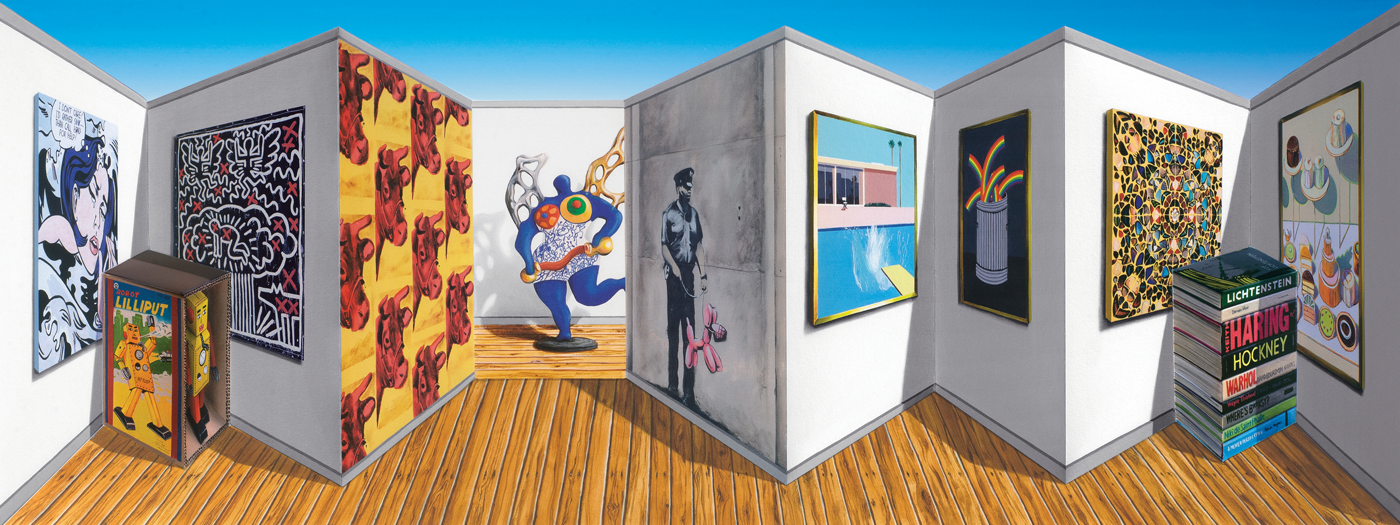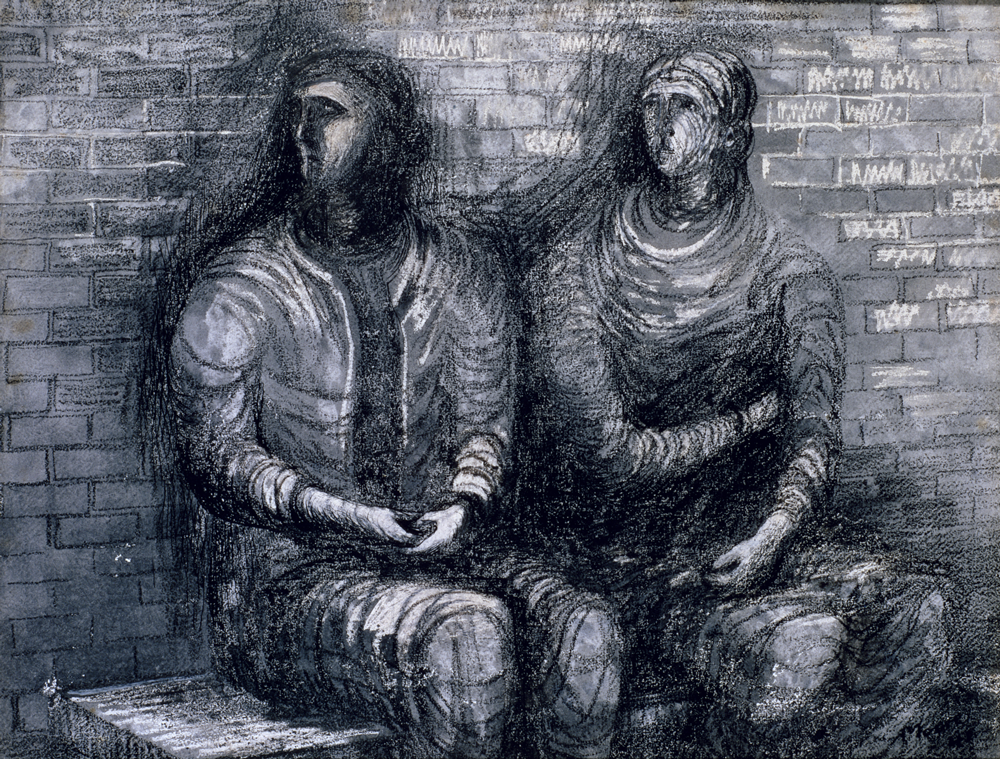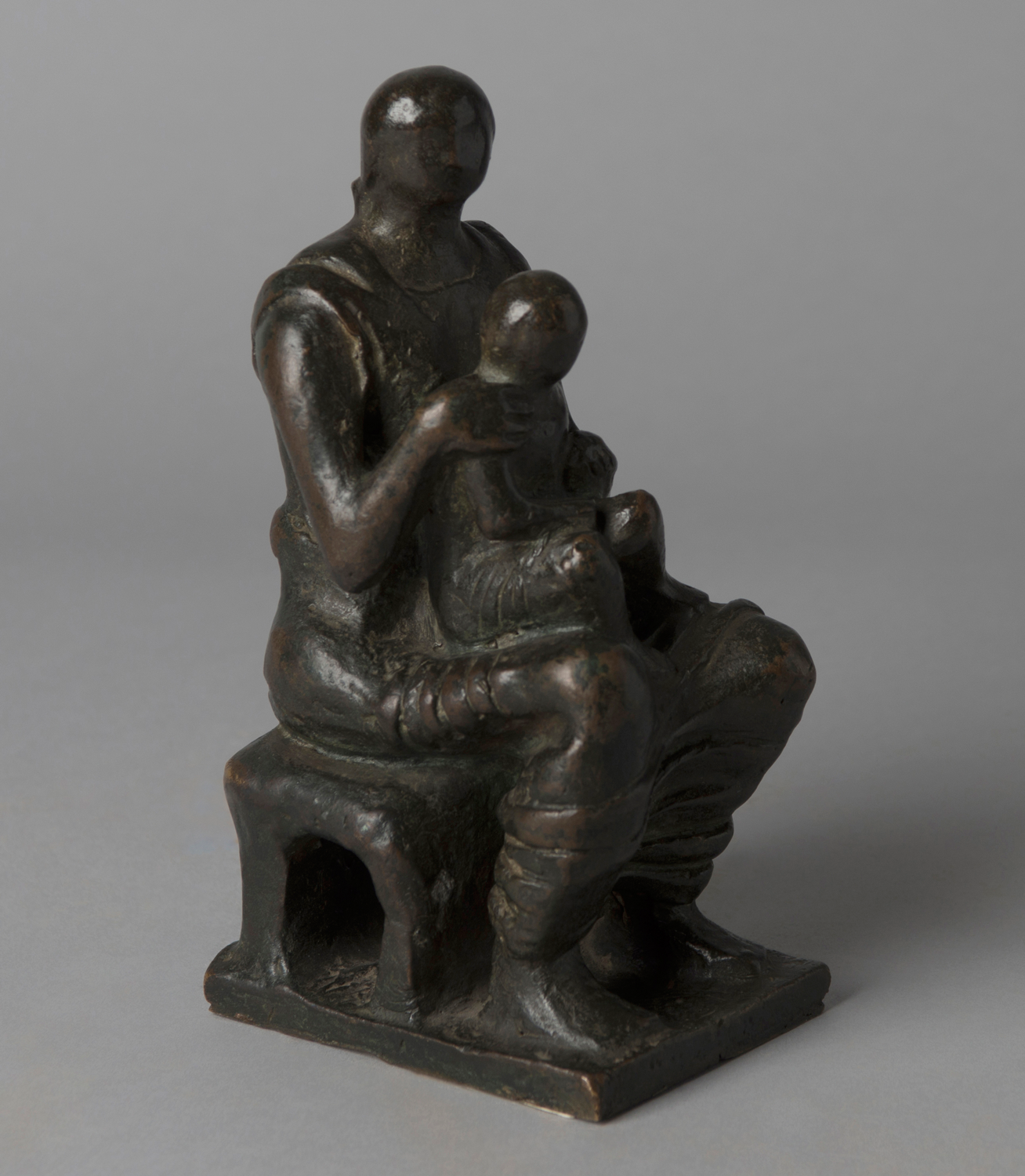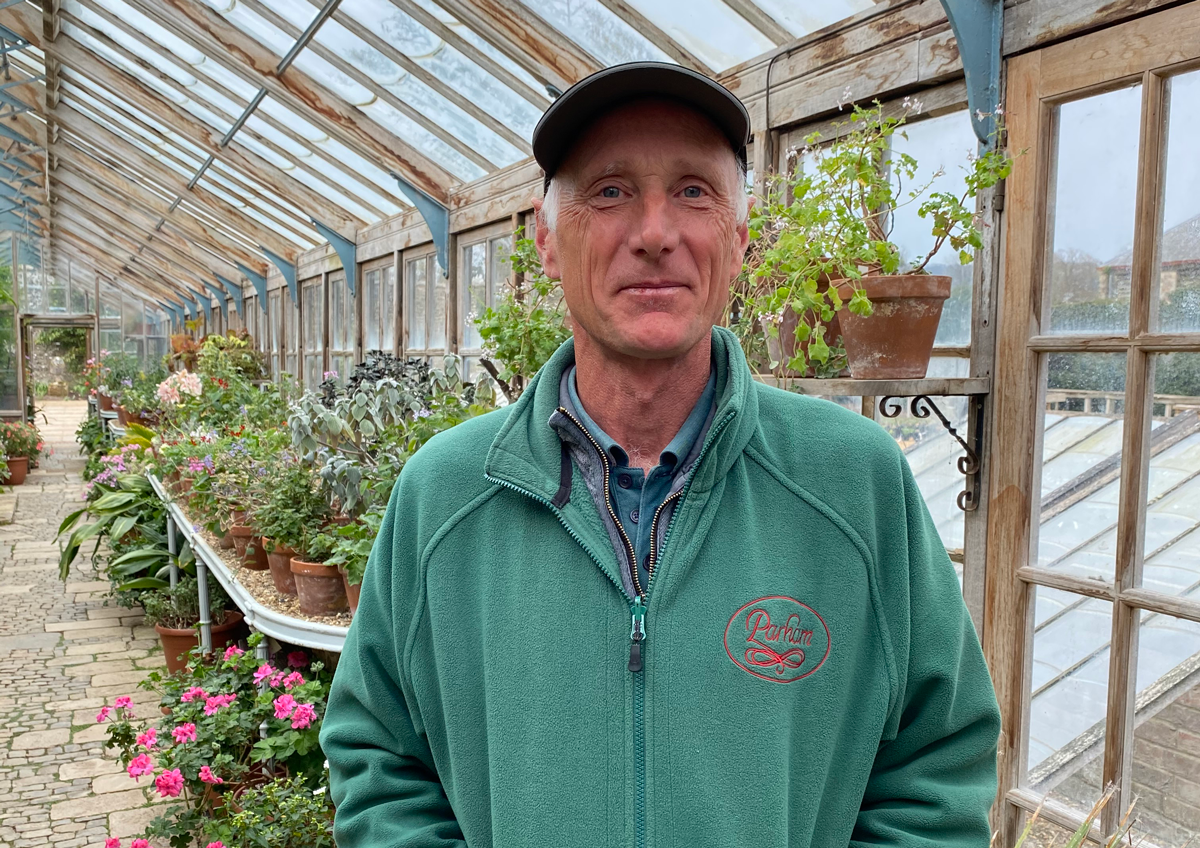
In the first of two articles I am returning to Parham visiting Lady Emma and her husband James Barnard as they embark on a major restoration of their celebrated walled gardens at Parham.
It is some 28 years since Lady Emma and James came to Parham with their young family. Their time here has been marked by renewal and long-term stewardship in this ancient, processional place.
Emma explains “My great-grandparents, Clive and Alicia Pearson, fell in love with Parham as soon as they saw it. The house was in a poor state when they bought it in 1922.”
Lady Emma and James have a similar sense of long-term stewardship and the importance of ongoing renewal so I am excited to hear about the plans for the restoration of the walled gardens as we set off to find their recently appointed Head Gardener, Andrew Humphris.
I ask Andrew how he is settling in to his new role at Parham and the ongoing restoration of the gardens, he replies “This place is just fantastic there is so much potential. Restoring and maintaining a garden has to be a collaborative thing otherwise it never works. It needs a long-term relationship with the garden and the family.” He turns to Lady Emma and James and says “I want to make it special for you – and the team.”
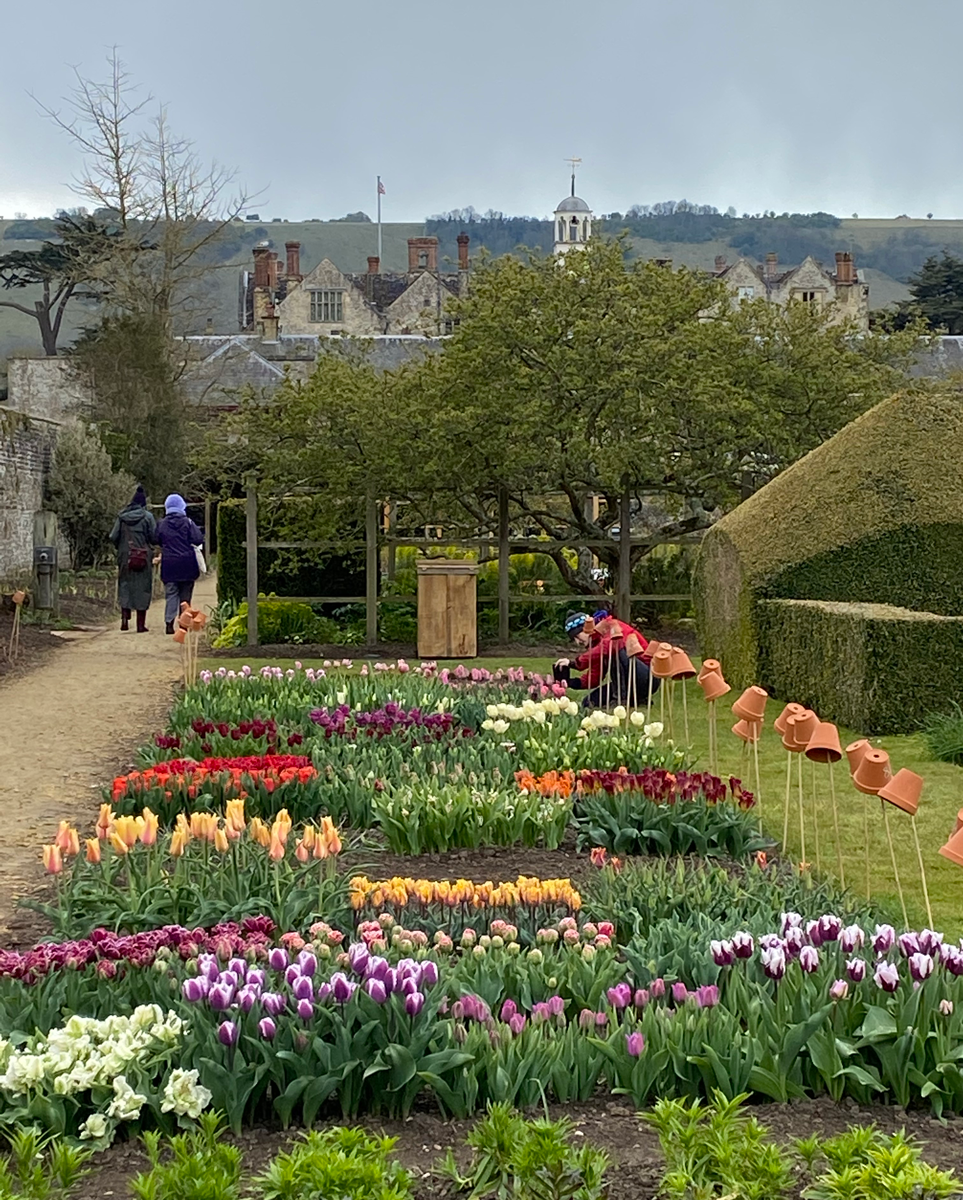
There is a generosity, humility and rootedness apparent in the way Andrew speaks about a lifetime in horticulture, accompanying and following in his father’s footsteps with his wife, Jo.
I ask Andrew how he would describe himself, a horticulturalist or a garden designer perhaps. He pauses, smiles and replies “I’m a gardener.”
Andrew begins to speak about his work “In the garden I’m thinking about what I’m doing [and] in the moment inspiration comes at unexpected times. There has to be a whole to it but the detail matters, lifting a plant to weed – a love for a plant.” He continues “It’s important to pass things on too. You have to keep momentum, constantly being critical to keep it going forward and fresh.”
I comment on how Parham is famous for its borders and Andrew says “I love border colours” reflecting wryly he continues “striving for perfection in a border though with the weather and variables – still it’s the aim.”
The garden is full of activity and a sense of renewal as the garden team is clearing borders to deal with the bind weed. Other newly planted areas like the white border provide hopeful windows onto the future of this beautiful place. It is exciting to see the restoration in process.
Whether you are visiting for the first time or returning to an old friend, as I often do, Parham never fails to delight with its gardens and sense of history. Check out Parham’s new website www.parhaminsussex.co.uk and book your visit to the gardens.
